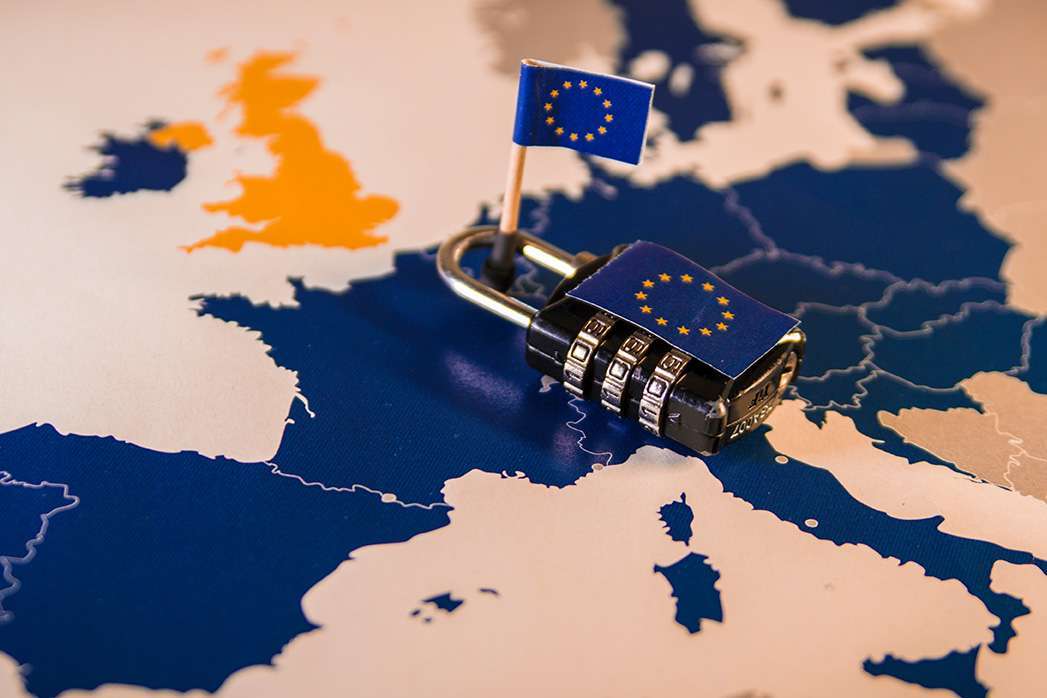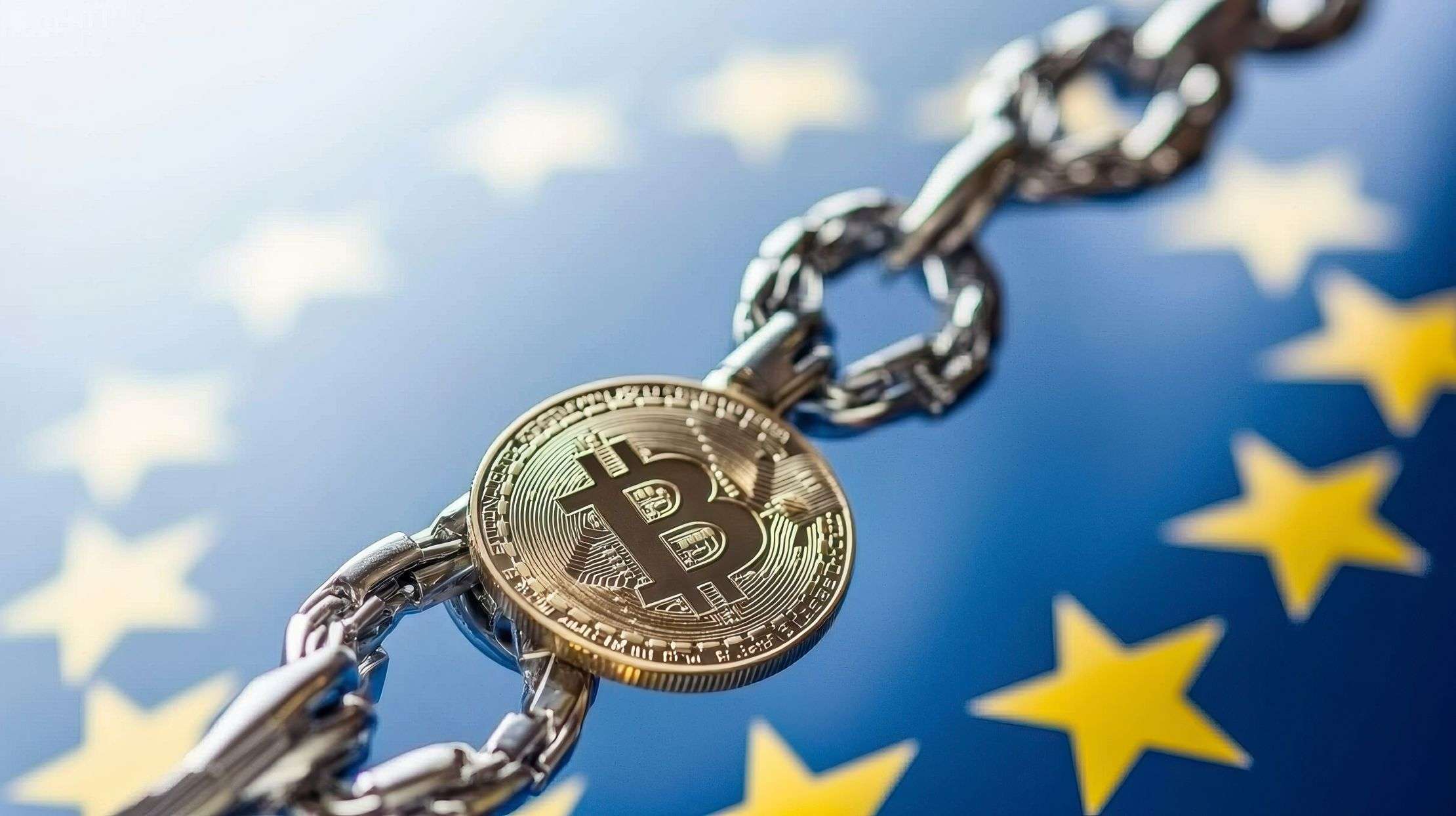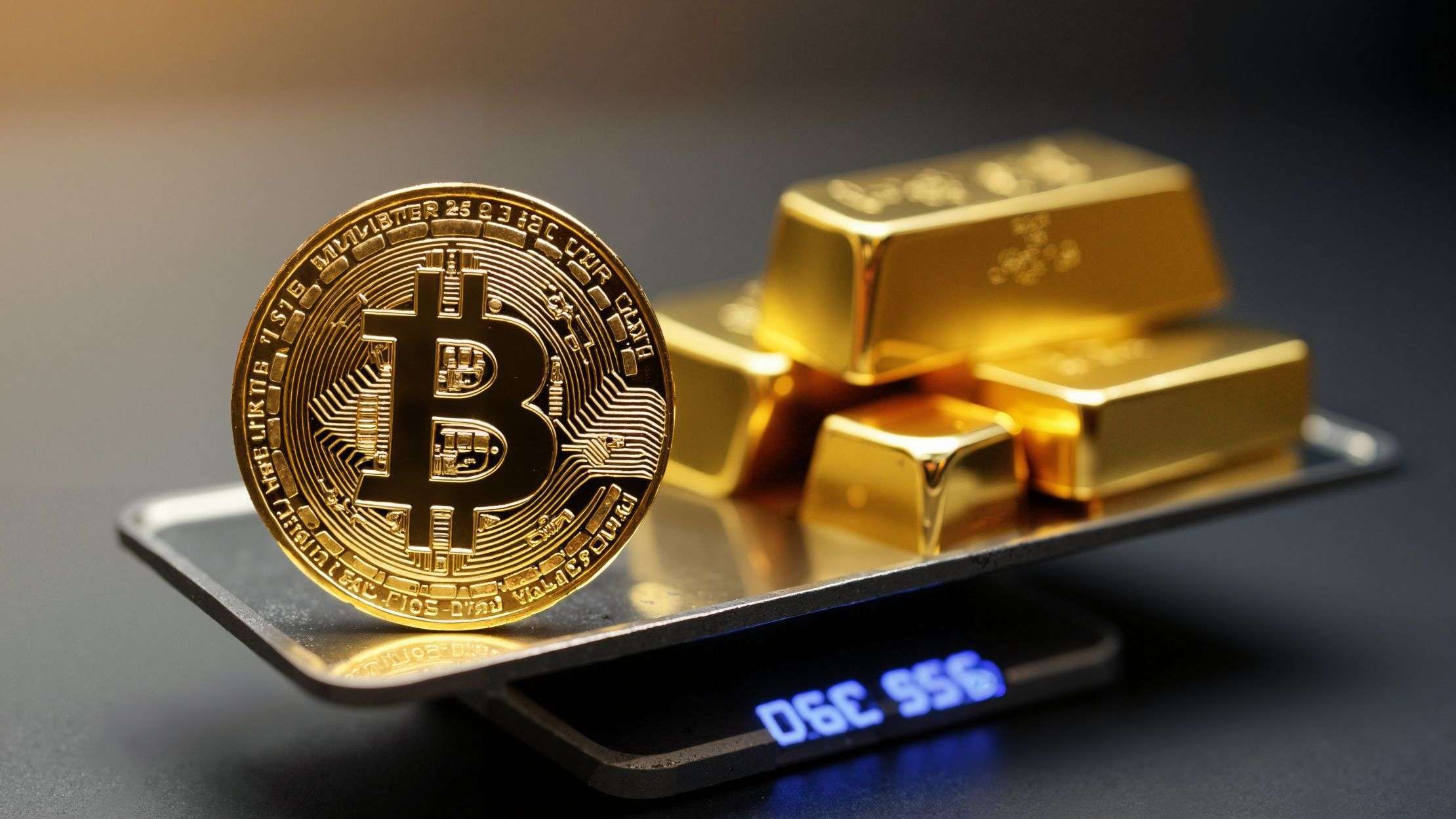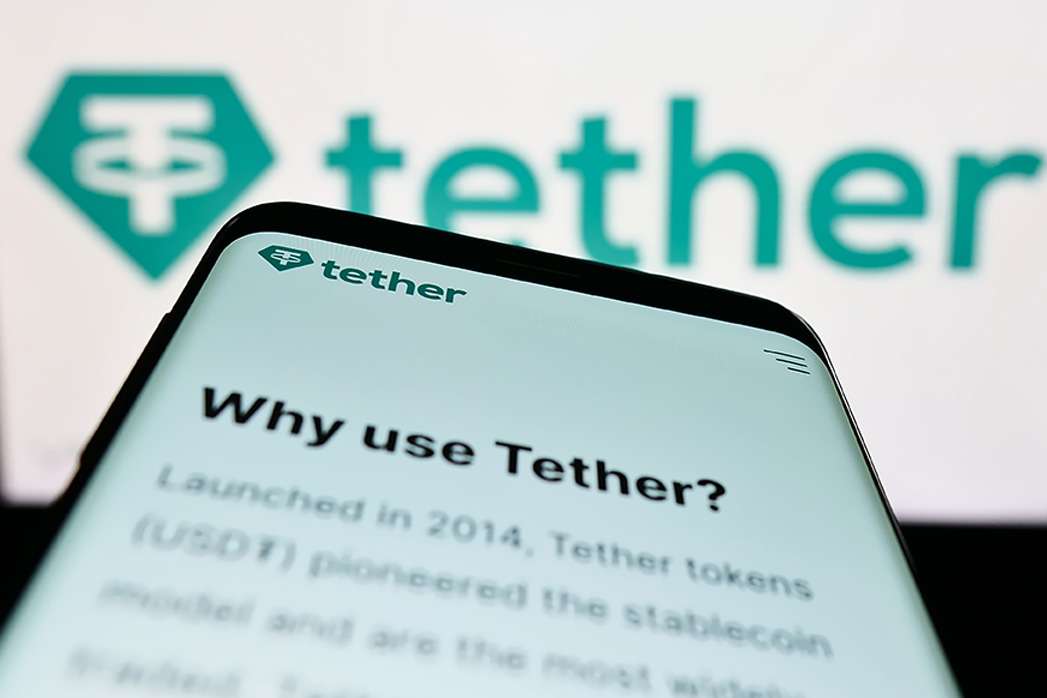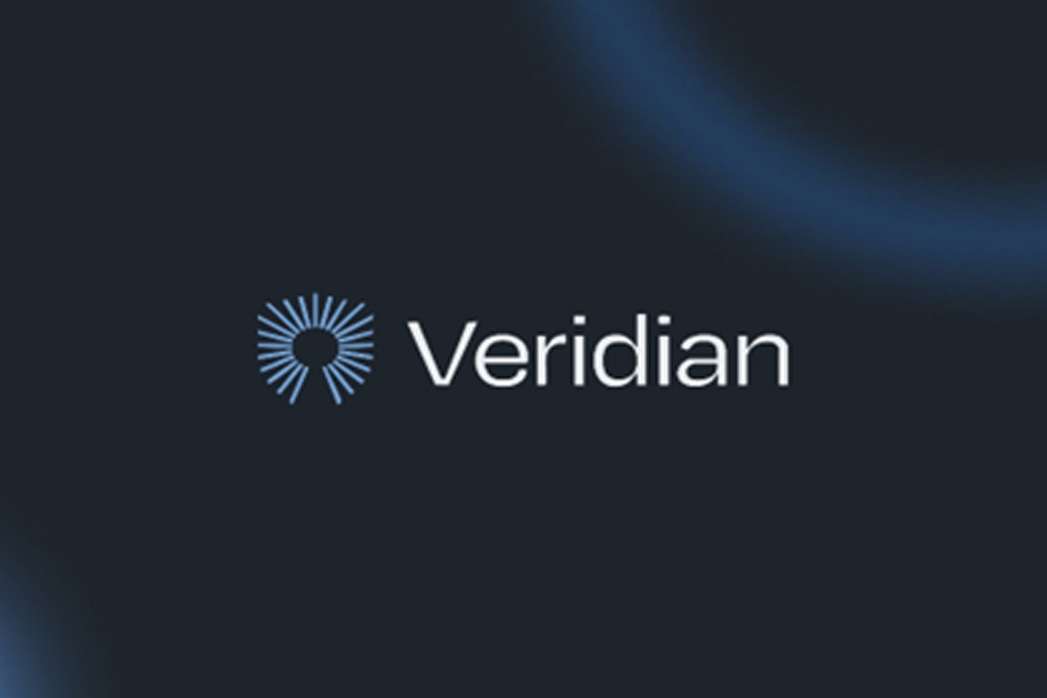How Bitcoin Reacts to Global Rate Cuts and Central Bank Policies
Central banks worldwide are gradually shifting from stringent monetary policies to more flexible practices, raising the question: What does this mean for Bitcoin? Conversely, the European Central Bank (ECB) is under intense pressure to lower rates amid stagnating growth and low inflation. Indeed, the implications for Bitcoin are becoming increasingly compelling.
The perception of Bitcoin as a bulwark against inflation and debasement has made it increasingly relevant in global monetary discussions. Decisions from the Federal Reserve, ECB, Bank of Japan, and People’s Bank of China are no longer just influencing bond markets — they’re directly impacting crypto markets.
“Bitcoin is a macro asset now. You can’t talk about liquidity cycles without considering its reaction anymore.”
— Raoul Pal, CEO, Real Vision
From Tightening to Easing
After a prolonged period of higher interest rates due to tariffs and central bank tightening, pressure from softening labour markets and cooling inflation is now pushing many banks toward rate cuts in the second half of 2025.
This shift injects liquidity into markets, historically boosting assets like Bitcoin. Notably, China’s monetary easing on May 7, 2025, led to a surge in the prices of Bitcoin and Ethereum, reinvigorating investor sentiment.
Bitcoin During Monetary Easing Cycles
2020–2021: Pandemic-Era Easing and Bitcoin’s Bull Run
– Central banks deployed trillions via quantitative easing (QE) and zero interest rates.
– Bitcoin surged from ~€6,200 in early 2020 to over €53,400 by April 2021, driven by inflation fears and rising institutional adoption.
2019: Rate Cuts and Crypto Recovery
– With three “insurance” cuts in the U.S.
– Bitcoin jumped from ~€3,500 to ~€13,800 by June, boosted by improved financial conditions.
2022–2023: Hawkish Pivot and Bear Market
– Aggressive tightening crushed crypto. Bitcoin fell below €16,000 in 2022.
2024–2025: Bull Run Redux
– Trump’s re-election, a surge in high-net-worth inflows, and geopolitical tension (U.S.–China tariffs) initially tanked stocks but later fuelled Bitcoin’s resurgence. The People’s Bank of China’s dovish pivot played a critical role in turning sentiment.
“China’s easing measures reverberated across global assets, but Bitcoin’s spike is a signal of where digital capital now flows first.”
— Bloomberg Markets, May 2025
Despite being decentralized, Bitcoin remains tied to macroeconomic trends:
Interest Rates: Lower rates reduce opportunity costs and increase Bitcoin’s appeal.
Liquidity Policy (QE vs. QT): QE boosts asset prices; QT removes liquidity.
Currency Devaluation: In places like Turkey and Argentina, where fiat struggles, Bitcoin demand grows. Europeans are similarly wary of the euro’s long-term weakness.
Why Central Bank Policies Matter for Bitcoin
Despite being decentralized, Bitcoin remains tied to macroeconomic trends:
– Interest Rates: Lower rates reduce opportunity costs and increase Bitcoin’s appeal.
– Liquidity Policy (QE vs. QT): QE boosts asset prices; QT removes liquidity.
– Currency Devaluation: In places like Turkey and Argentina, where fiat struggles, Bitcoin demand grows. Europeans are similarly wary of long-term euro weakness.
“The ECB’s pivot may mark a new phase for digital assets as stores of value in Europe.”
— Christine Lagarde, President, European Central Bank (2025 address)
The Role of Bitcoin in Monetary Easing
With sovereign wealth funds and institutions turning to Bitcoin, its role as a macro asset is cemented. In Europe, rate cuts expected by Q3 2025 due to weak growth may weaken the euro, further increasing demand for Bitcoin as a hedge.
Global Correlation Trends
Since 2024, Bitcoin has shown a growing correlation with equities during easing periods — but when rate cuts come in response to crisis, Bitcoin often outperforms.
European Investors’ Strategy
If you’re navigating this rate-shifting environment:
– Stay Macro-Aware: Watch ECB, Fed, and PBoC updates.
– Diversify: Include Bitcoin in multi-asset portfolios.
– Consider ETFs: Spot Bitcoin ETFs provide accessible, regulated exposure.
– Use Risk Management: Employ stop-losses and cost averaging.
“In the face of weakening currencies and shrinking yields, Bitcoin is no longer optional — it’s strategic.”
— Michael Saylor, Chairman, MicroStrategy
A New Chapter for Bitcoin
With global monetary softening on the horizon, Bitcoin sits at the crossroads of finance and innovation. As institutions accumulate and fiat scepticism rises, Bitcoin’s position as a legitimate global asset has never been clearer.
Bitcoin has evolved beyond speculative origins — it now reflects global economic sentiment.
Image Source: Adobe Stock
Disclaimer: This article is purely for informational purposes. It is not offered or intended to be used for legal, tax, investment or financial advice.




